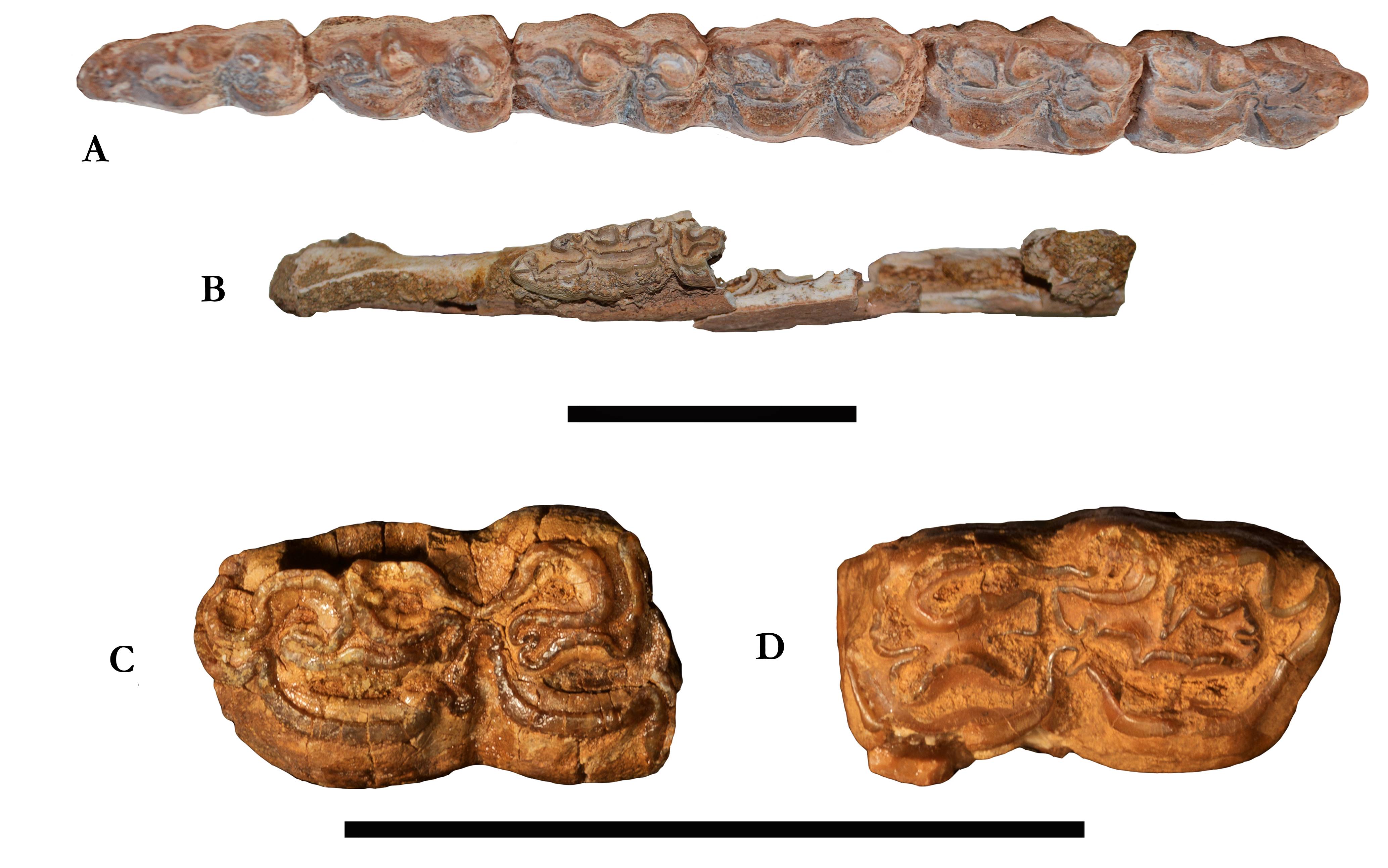THE HIPPARIONINE HORSES (PERISSODACTYLA: MAMMALIA) FROM THE LATE MIOCENE OF TIZI N’TADDERHT (SOUTHERN OUARZAZATE BASIN; CENTRAL HIGH ATLAS; MOROCCO)
DOI:
https://doi.org/10.13130/2039-4942/12716Keywords:
Equidae; Hipparion; Paleobiogeography; North Africa.Abstract
The fossiliferous locality of Tizi N’Tadderht, already known in the literature , has yielded a significant vertebrate fossil association as it represents the first documentation of a Late Miocene vertebrate fauna in the western area of North Africa. The group of fossil Equidae here analyzed had been preliminarly studied by previous authors, who identified the following hipparionini species: aff. Cremohipparion periafricanum, Hippotheriini gen. et sp. indet., and cf. Hippotherium primigenium. The sample retrieved from the considered area has been revised through the description of the morphologies and the dimensional measurements analysis. Then, it has been compared with the collection of fossil Equidae of the Libyan fossil site of As Sahabi, where the following species of Equidae hipparionini are represented: Sivalhippus sp., Eurygnathohippus feibeli and Cremohipparion mattewi. The revision of the Tizi N’Tadderht association led to the identification of the following species: Hippotherium sp. (characterized by large size); Eurygnathohippus cf. feibeli (a medium-sized Equidae; for the first time recognized in the Tizi N’Tadderht site); aff. Cremohipparion periafricanum (distinguished for its small size, as previously hypothesized in literature). The discovery of Eurygnathohippus cf. feibeli at Tizi N’Tadderht is of particular importance as it extends the paleogeographic record of this Hipparion species present in other African sites, showing that it is well represented in the fossil record of the Late Miocene.

Downloads
Published
Issue
Section
License
The journal allow the author(s) to hold the copyright without restrictions.






